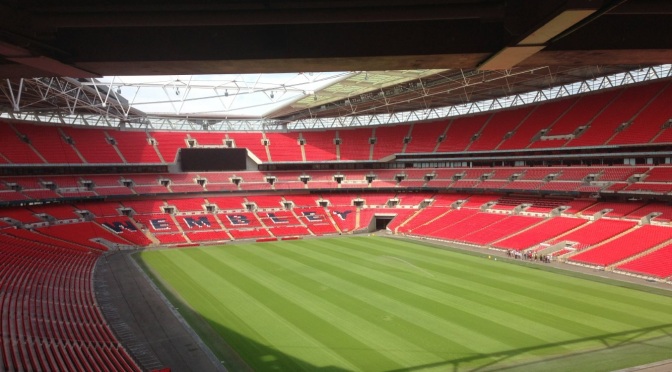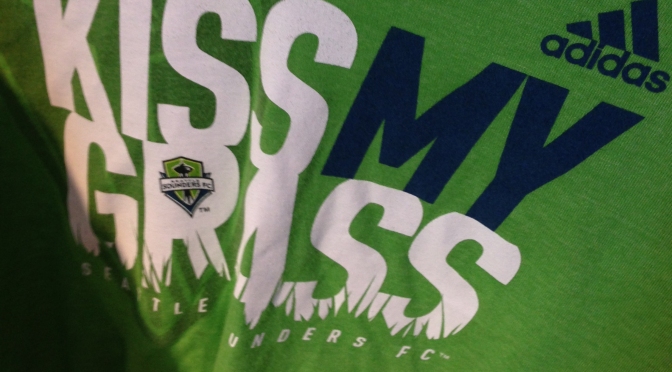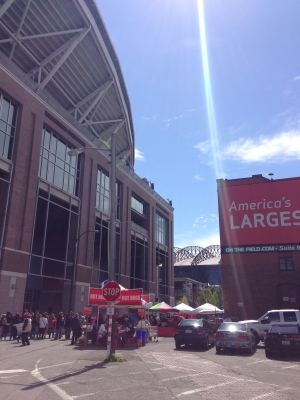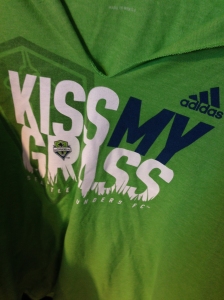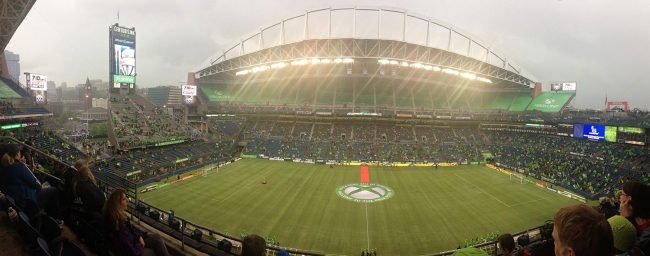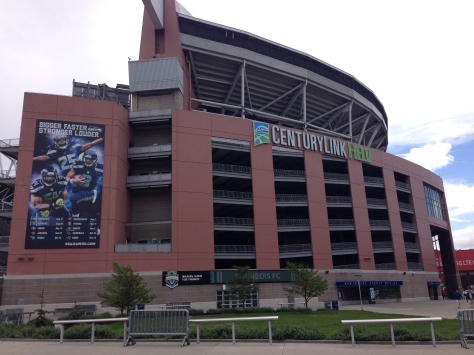Within minutes of the Premier League’s new TV deal being revealed earlier this month, the football world had calculators out crunching the numbers.
The figures are staggering. The battle between Sky Sports and BT Sport saw the domestic rights for England’s top league tip just under €7 billion for the lifetime of the three-year agreement – and that’s before overseas or any highlights packages were added in.
Those involved in Scottish football, with many of its clubs experiencing significant turmoil at present, were left to dwell on the fact that the new deal surpasses their own monetary income from TV rights in just two games.
League Two side Accrington Stanley, meanwhile, pointed out that the sum to be paid for just one fixture under the new terms (circa £10 million per match) would pay their annual wage bill for the next 20 years.
For League of Ireland fans, the discussion centred, once again, on the lack of TV money within Irish domestic football – at least in the form of an agreement that would see money going directly to clubs in addition to prize money – and the impact of this on the League’s development cannot be underestimated given that Uefa’s own benchmarking report says that income from domestic TV rights typically averages 25% of total revenue for clubs across Europe (43% in England, according to the most recent figures released).
Further backing up the Premier League’s dominance, at least in terms of finance, is the fact that all 20 EPL clubs are part of football’s Top 40 rich list – and the new deal means that whichever club is unfortunate enough to finish bottom of the table at the end of the 2016-17 season will at least have £99 million in their back pocket to help with life back in the Championship.
Of course, the reason for the intense competition and the huge figures we’re seeing is the Premier League’s popularity on a globe scale. Nations all over the world want to see Manchester United, Liverpool, Chelsea, Arsenal or Manchester City in action, while the concerns of those trying to actively support their local teams fade into the background like white noise.
A VisitBritain survey conducted in 2011 found that 174,000 Irish people travelled to Britain to watch football that year, spending €100 million in the process. Such ‘football tourists’ are big business as not only do they buy a premium-price match ticket, they also visit the club shop, perhaps take a tour of the stadium and then invest in merchandise year after year. I once paid £42 for a ticket to see Leeds United play in the Championship.
Irish supporters flying across the Irish Sea fork out for Premier League tickets on a handful of times a season but what about your local man, woman or youngster who needs to try and find the cash for a season ticket (Arsenal’s cheapest season ticket is now £1,014), and then face into an ever-changing fixture list on account of TV kick offs?
There are now real concerns that younger people in England are being priced out of the game and that the stadium atmospheres, considered such an integral part of the spectacle, are dying out as a direct consequence.
The Football Supporters’ Federation and Supporters Direct, representing a number of Premier League supporters’ trust, are backing initiatives to cap away ticket prices at £20 (‘Twenty’s plenty’), and there have also been calls for England’s top tier to implement the Living Wage, given their healthy bank balances.
Unfortunately, the response hasn’t been encouraging to date with PL chief Richard Scudamore saying that football isn’t responsible for increasing the minimum level of workers’ income. He also insists clubs need to continue to reinvest in talent and infrastructure in order for the Premier League to maintain its envied status.
The organisation currently redistributes about 6% of its income – 3% towards community programmes and facilities, and another 3% to the Football League and Conference in the form of ‘solidarity’ payments. Grassroots football, meanwhile, in many parts of Britain is on its knees.
I worked with Setanta Sports before they ever showed a Premier League game in the UK or Ireland, and experienced the huge upsurge the company felt when it did eventually dip its toes in the water and challenge Sky Sports (2006).
It was a fantastically exciting time – to have first-hand access to some of the biggest names in football – but there was to be no happy ending. Having failed to retain both their domestic packages in the UK next time around, the UK business eventually ceased trading in the summer of 2009 affecting Irish operations in the process.
Don’t fear: Scudamore and co. were not left out of pocket, and it was ESPN that came on board initially, taking many out-of-work Setanta staff with them. They too would flounder, unable to match the deep resources of Sky, but that context makes the arrival of BT Sport – and other possible bidders – ever more intriguing.
Football fans watching from these shores have also felt the cost of these deals. Two separate TV subscriptions, or many trips to the pub, are now needed to watch all live PL broadcasts on Sky Sports, BT Sport and Setanta Ireland – in an era where the average football fan has little or nothing in common with the likes of Wayne Rooney or Yaya Toure apart from the replica shirt he or she wears.
The new Premier League TV rights deal will see a 70% increase in income on its predecessor and yet supporters are today paying about 1000% more for match tickets than they did in 1992. There have also been significant increases in the cost of TV package subscriptions, and then we have the furore over the winter calendar for the 2020 World Cup. Thankfully, there’s also the success of FC United’s community shares scheme to celebrate…
The question remains: can a balance be struck between the financial powerhouse that is the Premier League and the needs of the game of football at every level across England? And, if so, who’s going to lead the drive for change? The FA? Clubs? Supporters?
